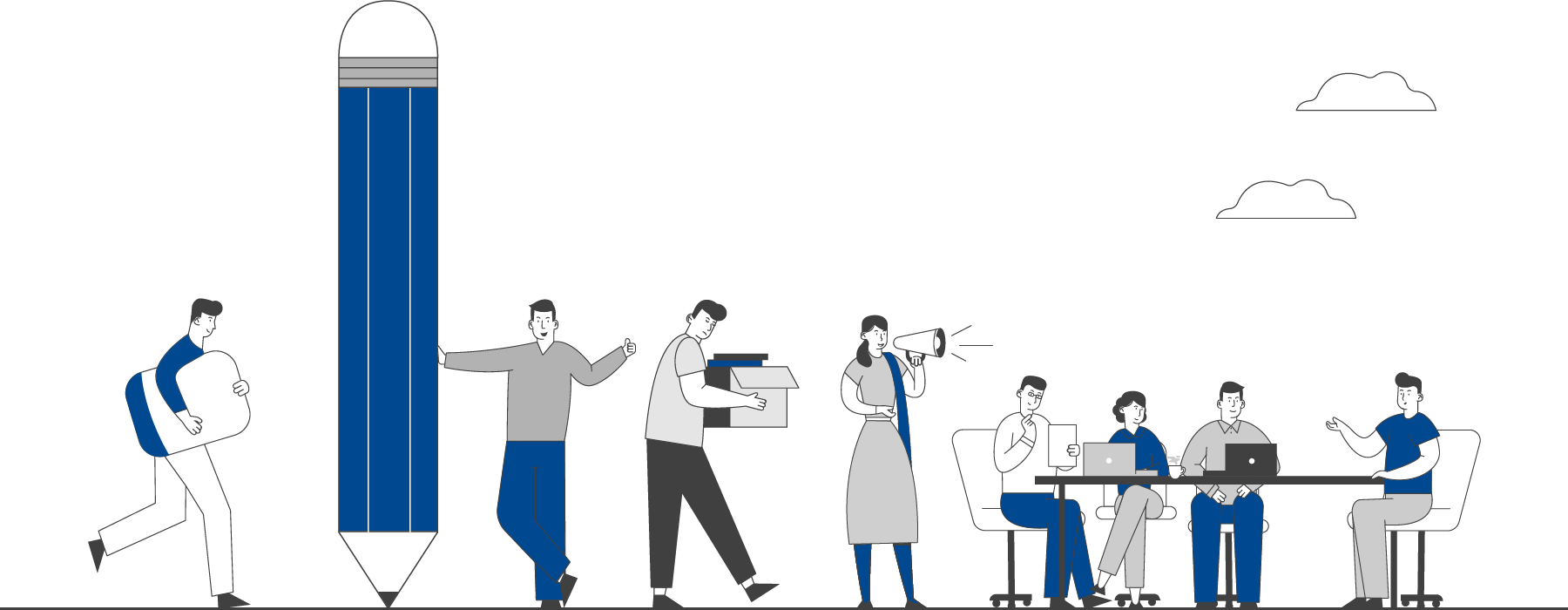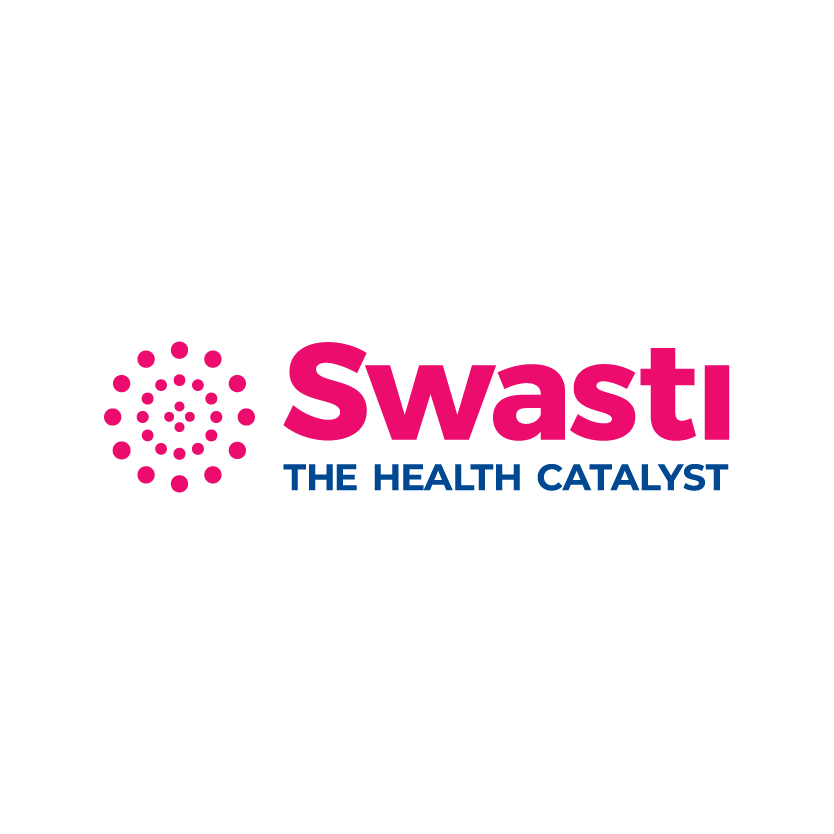

This section presents actionable insights for practitioners from our collaboration of experts.
Analysis
FILTER
BY CATEGORY
View All
Communicating to Transform Lives and Communities
27 Jun 2020by Rhea John 5 min read
Everyone has seen those posters in the health center, the videos on hand-washing or mid-day meals, the text messages on immunization days. But specialists in development communications argue that it’s time to move on from simply creating ‘IEC’, or Information Education and Communication, materials. They recognize that printing a poster or creating a video is not the end, nor even a necessary means, for development communications. The end is improving development outcomes: Improving, in this case, the health of the individuals and communities addressed. The tools need to be whatever it takes to reach them. This is where ‘Social and Behaviour Change Communication’ (SBCC) comes in.
The UNICEF Communication for Development (C4D) program today released the report that documents its efforts on SBCC over the last 5 years in India. Through a number of different projects and campaigns — from big-ticket ones like the Swachh Bharat Abhiyan to state-specific ones like the Mamata Abhiyan in Madhya Pradesh — they’ve supported the work of six departments of the Government of India, worked with 14 State governments, and built the capacity of thousands of local-level providers to better engage those they hope to influence. How do they do it? The C4D team identifies 6 key pillars of their work. First, they focus on system strengthening: The program builds foundations for integrating SBCC into program design, right from the beginning. There are now SBCC Cells in 8 State governments, and Madhya Pradesh for instance has SBCC officers in every district and block. To support this renewed focus, they also help the government, development partners and communities leverage financial and non-financial resources from each other. Doordarshan, for instance, telecast the C4D-supported adolescent-focused TV series, AdhaFULL. The second pillar is an upstream focus: Policy contributions that build inclusion, effectiveness and scale into existing government programs for raising awareness on issues like child marriage, HIV prevention, or accessing healthcare. Often this contribution is at the program level: For instance, helping the government put in place an effective monitoring framework and overarching strategy for the communications campaign of the Integrated Diarrhoea Control Fund (IDCF) made it more effective. The third pillar is strengthening both systems and programs by empowering the field workers that implement SBCC on the ground. Quality assurance in training, in both materials and human resources, have resulted in 2500 trainers who teach front line workers across states how to engage their communities on health, education, WASH, nutrition, HIV, life skills, child protection, and other fields.
A Dhaara panel of community activists, peer influencers and program officers who are working on the ground to deliver SBCC.
Photo credit: Shrirupa Sengupta
This is supported by the fourth pillar: Partnerships. Links between different actors and stakeholders ensure convergence of efforts, reinforcing focus and sharing best practices to resonate change through a wider network. Stakeholders that C4D has tried to connect include the Community Radio Association, the WASH Alliance, Entertainment Education Alliance, SBCC Alliance, academic institutions, media and research organizations, community-based organizations (CBOs) and NGOs. But this also includes exploring non-traditional (and often difficult) partnerships: The Sishu O Matru Surakhya program in Odisha links up with faith healers in tribal-dominated districts, to ensure that they refer cases they recognize as being beyond their expertise. To complement and amplify the interpersonal component of SBCC, media-based initiatives form the fifth pillar of the C4D approach. These range from traditional forms, like wall paintings, theatres, community radio, and puppet shows, to new technology-enabled forms including video messaging, like Fazli Babu Bolchen in Bengal or the Nugget mobile game. And it’s working: the AdhaFULL trans-media package has reached 121 million users so far.
Using puppet shows to communicate key social messages in a school.
Photo courtesy: CMS/UNICEF
All of these strategies and tools require an evidence-based approach, and so the final pillar is knowledge management. Research done by the program on what the challenges are, how to address them, and how to improve the effectiveness of current approaches and systems, are shared among C4D’s partners and others through the Dhaara learning series, policy briefs and papers, and not least through the IEC Warehouse (www.unicefiec.org).
What are the key learnings for development communications professionals from this holistic approach?
One key lesson is that many challenges remain in implementing a consistently successful and scientific SBCC program: One of the main ones is generating evidence on how much communication strategies contribute to program success. Another challenge is addressing the diverse and specific social norms that cause delays in health-seeking behavior: At the family level in decision-making, at the community level with accessing services, and at the facility level with demanding and receiving quality healthcare. The role of key influencers is also crucial- peer educators (for instance, trained NSS volunteers in Visakhapatnam) have had a great impact on the thinking, behaviors and aspirations of adolescents they engage with.
The effectiveness of SBCC may still require more work, but the impact of these SBCC programs was consistently on display at the event in Delhi today. Perhaps no one put it more poignantly than Sushmaji, a Sarpanch of the first child marriage-free village in Rajasthan. She shared her own experience of witnessing child marriage in her family and resisting it for herself and explained that she is now a forerunner against early marriage norms, and for girls’ and boys’ education and rights. She announces with pride that she was elected unopposed at the last election! The role of SBCC is to support the courage and dedication of champions of social change like Sushmaji -- who in turn remind us just how much more there is to learn!
First published on LinkedIn Pulse on May 16, 2018.
Categories
SBCC

 EXPLORE DATA
EXPLORE DATA 



























